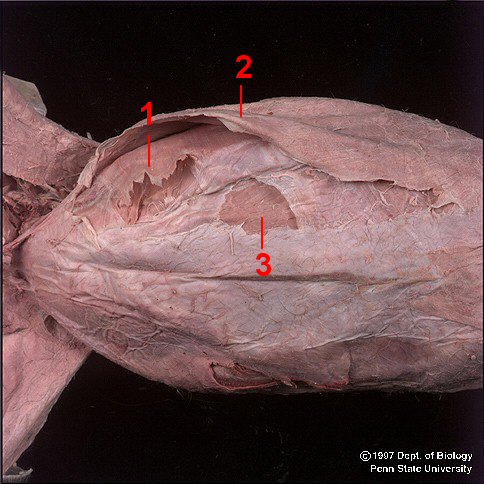Hypaxial Muscles Of A Cat
- IB Biology
- AP Biology
- Vet Med Standards
Submit
2.
You may optionally provide this to label your report, leaderboard, or certificate.
Submit
Submit
Submit
Submit
Submit
Submit
Submit
Submit
Submit
Submit
×
Thank you for your feedback!
















